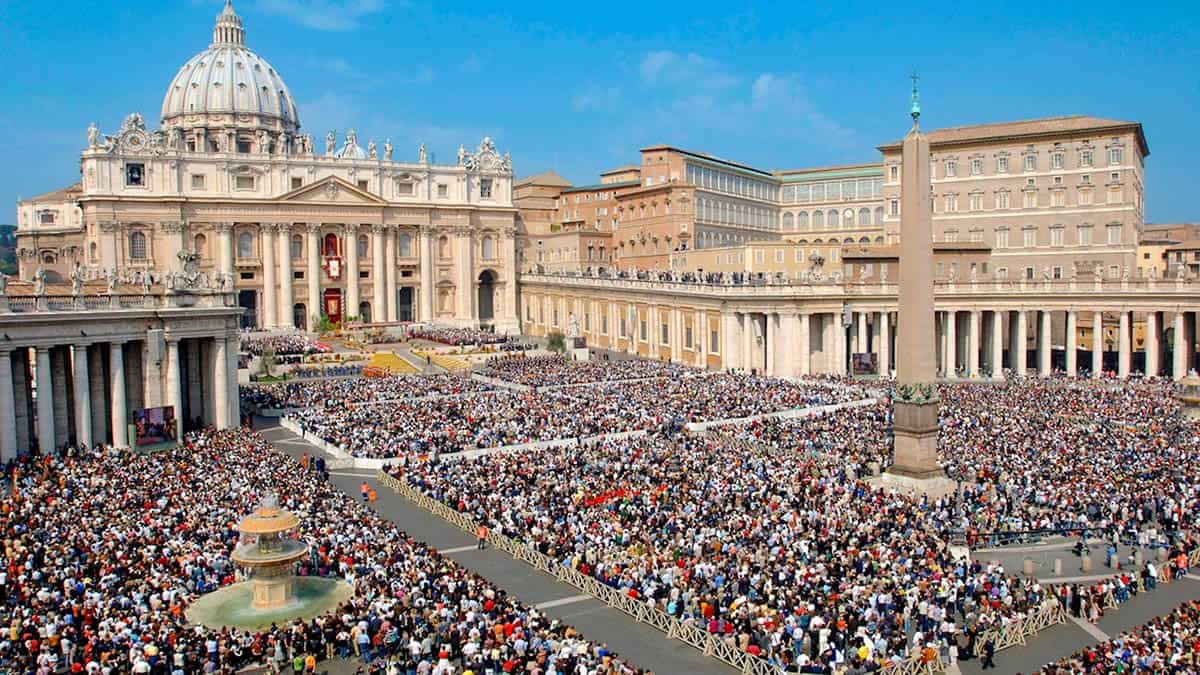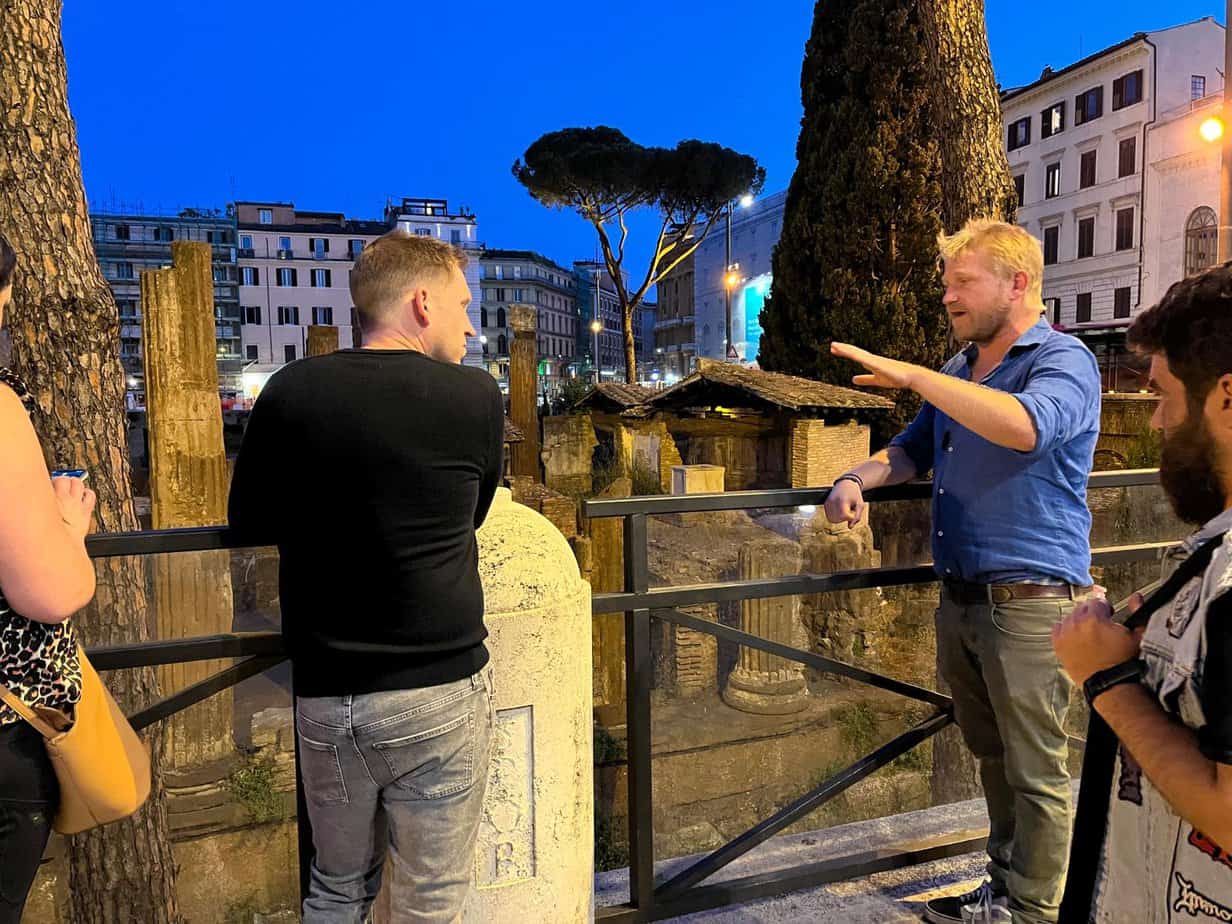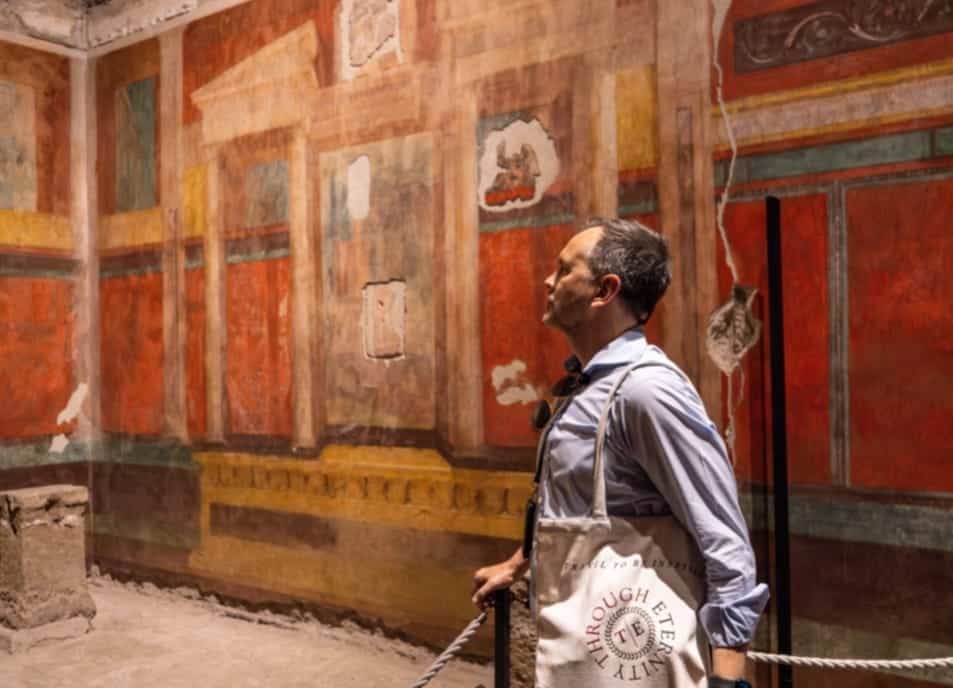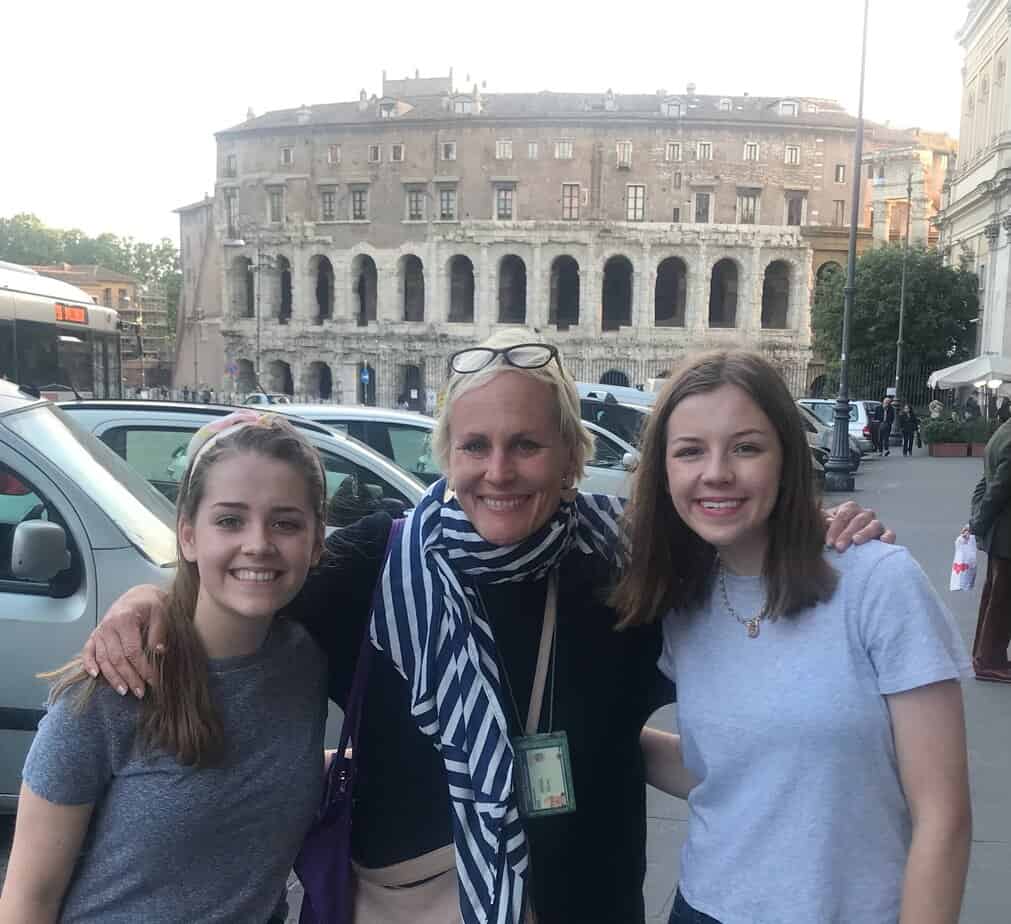Italy tourism seeing a drop in American tourists but their fears of crowds and danger are misplaced

I’ve yelled myself hoarse for years telling Americans not to come to Italy in the summer. It’s hot. It’s crowded. In some places you’ll hear more English than Italian. You’ll see more shirts from the Big Ten than Dolce & Gabbana.
Well, this year they listened. Some stayed home. Too bad. This year, oddly, it’s not so bad.
American tourism in Italy is down for the first non-Covid year in recorded memory. Figures vary in Italy tourism but some travel agencies report the percentage of Yanks is down 30 percent. Others, along with tour guides, have reported smaller drops.
“A lot of people we’ve talked to, colleagues in the same business, the average is 20 percent,” said Marco Tivoli, owner of the Florence-based Tours in Tuscany.
Cirium, an aviation industry analysis company, reports that flights from the U.S. to Rome are down 17 percent. It’s not just affecting Italy. Flights from North America to around Europe this summer were down 9.8 percent.
No one in the Italian tourism industry is weeping. It’s not that Italy can’t get by without the atmosphere filled with Yankee ballcaps. Italian tourism is still expecting a jump in revenue this year. With the Rome Jubilee going on in 2025, Italy expects its revenue to jump from €228.5 billion last year to €237.4 billion this year.
But why are more Americans staying home? Many of my travel guide friends here in Rome say more than half their customers are usually Americans. Some say now they make up only a third.
Three main reasons are cited:

Rome Jubilee
An estimated 35 million pilgrims are expected to pour into Rome by the end of 2025. This pilgrimage happens only every 25 years (except for 2016: the Extraordinary Jubilee of Mercy, a special Holy Year called by Pope Francis to coincide with the 50th anniversary of the close of the Second Vatican Council).
You want to fight packs of nuns and school children in matching T-shirts prowling the city? It scared away more than a couple of my American friends.
“It’s been a bit of a fallacy, really,” said James Dowell, a Rome tour guide for 18 years who owns the tour agency, Roman Vacations. “A similar thing happened the last time the Jubilee was here in 2016. Essentially, everyone was worried about these huge crowds. The Vatican has been quite crowded at times, but the rest of Rome has been very quiet, actually. Some areas have felt quieter than last year. Of course, a lot of the religious tourists don’t do anything except the Christian sites.
“Things like the Colosseum have been easier to get into than last year.”
Dowell said his tours are usually 60 percent American. This year it’s been about 50 percent.
Italy tourism fairly normal
True. Spending most of the summer here, I haven’t noticed much of a difference. In fact, many hotels I’ve talked to say they have had rooms available all summer. Although final summer numbers haven’t been calculated, 80 percent of the rooms were booked for August. That’s up from 71 percent for all of 2019, the last pre-Covid year.
Some hotels claim the pilgrims who’ve poured into town are on major budgets and take all the numerous short-term BnBs the Romans have converted from their spare rooms this year.
The pilgrims also don’t drink worth a damn, pissing off Rome bartenders. But that’s another story.

U.S. economy
Late last month I went to my local cash machine and took €80 from my Denver bank account. I looked at the receipt.
With a €3.90 commission and € 3 markup, it cost me $101.
The dollar has dropped against the euro like the Cambodian riel. Today the euro is $1.18. In December it was $1.04. Draw your own conclusions.
Economists and American consumers can debate the reasons all they want but Europe has become very expensive for Americans. Then consider how Romans have adopted the time-honored American tradition of price gouging, and you can see why rural Mexico has become more appealing.
“U.S. prices are insane; Rome is the same,” said Rob Allyn, the American president of Through Eternity Tours. “Piazza Bologna has hotels at €200 a night that were charging €500.”
Many luxury hotels opened in anticipation of the Jubilee. No pilgrim is staying at the Bulgari Hotel which opened two years ago and price rooms starting at €2,500 a night.
Airline prices from the U.S. to Europe went up 6 percent from July to August, the highest jump in three years when Covid ended and everyone wanted to travel. According to the Consumer Price Index for airline tickets, overall prices have jumped 25 percent from 2024, the highest since 1989. In April alone they jumped 18.6 percent
Combine that with 8 percent inflation in the U.S., a 30-year high according to the Consumer Price Index, and it’s a wonder the drop in American tourists in Italy isn’t more. I contacted American travel agencies concentrating on Italy and their dips have been minimal.
But when they’re here, they can feel the pinch.
“Historically, tour guides love Americans because they tip,” said Fe Hinton, a Liverpool, England, native who has been a Rome tour guide for 18 years. “I’d say this year half of them have tipped. There has been some online messaging that, ‘Oh, in Europe you don’t need to tip.’ I think people have been reading that.”

Political instability
Italians pay attention to American politics. I know. I can’t count the number of times Italians talk to me about Pres. Trump and say the same thing: “Che CAZZO! (What the FUCK!)”
Marco, the Florence tour agency owner, said he still has an influence in the States.
“Somehow it has passed through your president that he wants to protect the economy,” he said. “So he’s encouraging people to travel within the U.S. rather than abroad.”
However, many on both sides of the political aisle might find Hawaii safer. Italy is sandwiched between two violent wars in the Eastern Hemisphere. While the fear factor has dropped since the wars in Gaza and Ukraine began, it has influenced decisions.
“There is a lot of instability in the world with wars, tariffs, the decline of the dollar,” tour guide Inger Rasmussen messaged me. “(Another) possible reason is that America’s reputation after Trump’s election is nose diving. I think overall there seems to be this sense of uneasiness.”
Madeline Jhawar, owner of Italy Beyond the Obvious travel agency in San Francisco, said she experienced about a quarter to one-third drop in bookings the first part of the year but it has recently surged.
“We are getting a lot of last minute requests,” she wrote in an email. “We usually can’t handle these and we also have a surcharge for these trips because my team has to do some gymnastics to make them happen. But in the past 2 months we’ve had more last minute trips than in the past couple years combined.
“From the last minute people: they were unsure about how things would look (politically, world events) and now things seem to look stable in the next few months so they want to make ‘make it happen.’”
Don’t worry about political tension. I’ve never felt anti-Americanism since moving to Italy in 2014. I haven’t felt particularly crowded this summer. It wasn’t even that hot. So if you have some disposable income left, think about Italy. It’s September. Weather is perfect. The backpackers have gone back to school. The pilgrims haven’t sold out the Marriott.
Just leave your Yankee ballcap at home.


September 17, 2025 @ 10:06 pm
Hotel prices have gone up a lot since Covid. Surely this must have an effect on visitors coming to Italy. There is a limit to what people can pay.
I used to do an occasional overnight stay in Florence, but the cost of a hotel is just too much…only day trips until the prices drop.
September 18, 2025 @ 9:54 am
I hear you, Debra. It’s getting ridiculous. Rents have gone up 20 percent since the start of the year. My girlfriend and I always have one night a year in a nice Rome hotel, kind of a staycation. I don’t know if it’s worth it anymore.
September 19, 2025 @ 5:28 pm
We went to hear Pope Francis in St Peter’s Square several times while we lived in Rome (2013-18). Never a bad experience, despite the huge crowd. But on our first attempt to visit the cathedral in 2000, a Jubilee Year, my kids were nearly trampled by thousands of pushy nuns swinging their elbows to get ahead in the line. As a result of that experience, we wouldn’t have tried to go there this summer. We did, however, fly into Venice in August and drove around the Dolomites for a few days before going to visit our grandchildren in Slovenia. The mountains were full of Germans and east Europeans, hotels were full, prices were high, the dollar was weaker than in past years. It was noticeable.
September 22, 2025 @ 2:36 pm
I hear ya’, Jeff. I’m living off my euros now. I haven’t withdrawn dollars in weeks.